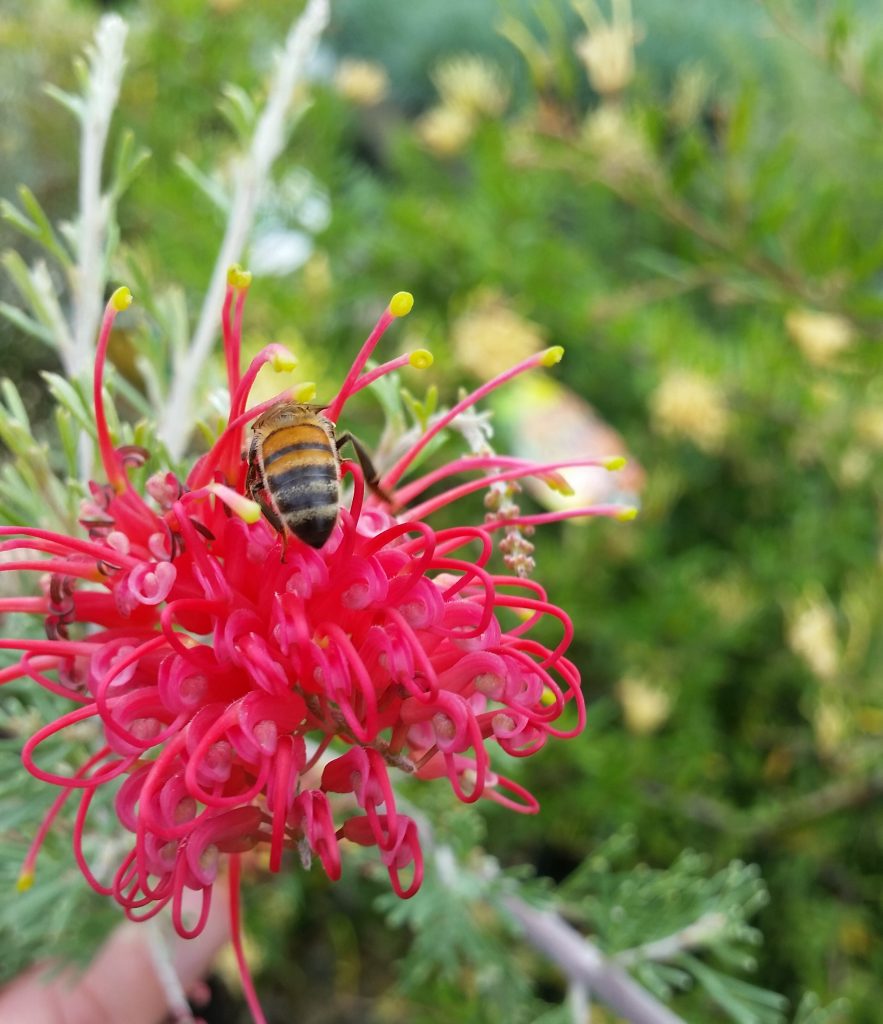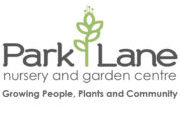Gardening for Birds and Bees
Plants and flowers are not just here for our enjoyment – they are crucial for birds and insects as well.
A few well-chosen species will add a special element to your garden, and there are many varieties of birds in our area that will appreciate some extra plant options – Blue wrens, Parrots and Lorikeets, Thornbills, Pardalotes, Honeyeaters, Finches, & Firetails just to name a few.
These lovely birds rely on a variety of plant types to survive throughout the year. From seed producing plants and nectar laden flowers, to insect attracting species – the more plant variety in your garden, the more varied bird species you will enjoy.
While birds are beautiful to look at, bees and other insects are crucially important to the biodiversity in your garden, and the broader environment. These days, when so many people are growing their own fruit and vegies at home, a balance of beneficial insects is important in keeping pest insects in check. A single Ladybug will eat around 5,000 aphids in its life! Other fascinating insects to look out for are Hoverflies, Praying Mantis – so cool to watch, Butterflies, Dragonflies, Honeybees, and Native bees.
Some beautiful, hardy plants that pull double duty by supporting these birds and insects are listed below – there is something for every garden and every gardener.
Trees and larger shrubs: Eucalypts, Banksias, Bottlebrush, She oaks, Tea trees, Wattles, Hakeas, Lilly pillies, Buddleja.
Medium & small shrubs: Grevillea, Kunzea, Native hibiscus, Wax flowers, Eremophilas, Correas, Crowea, Salvias, Rosemary, Lavender.
Low growing plants, grasses, and herbaceous perennials: Tussock grasses, Kangaroo and Wallaby grasses, Mat rushes, native and exotic Daisies, Borage, Dill, Parsley, Basil, Sun flowers, Kangaroo paws, Queen Anne’s Lace.
Also remember to provide water points and habitat if possible. Bees will drown in water bowls if they get stuck – so try a shallow dish with some pebbles or rocks in it. Place in a protected place, out of the wind.
Large birds like to have a dip in deeper bird baths, place out of reach of predators like cats, and watch them having a ball in your water bowl.
Remember that birds and insects can become reliant on your water source through the heat of summer, so be sure to keep them filled through the warmer weather.
Bee hotels have become a bit of a trend lately, and they are very useful for native bees and wasps – have a look online for how to make your own. It could be a fun project for the school holidays. Also take note of where best to place them for happy bee guests.
Small birds such as Wrens and Pardalotes rely on habitat that can protect them from predators – prickly plants are particularly useful for this, so save room for some Sweet Bursaria, or Rosemary Grevillea.
Spring is a wonderful time get outside and enjoy all the beauties in your garden – you may even be inspired to take part in the Aussie Backyard Bird Count from the 19th to 25th of October. Head to the Birdlife Australia website for more details.

